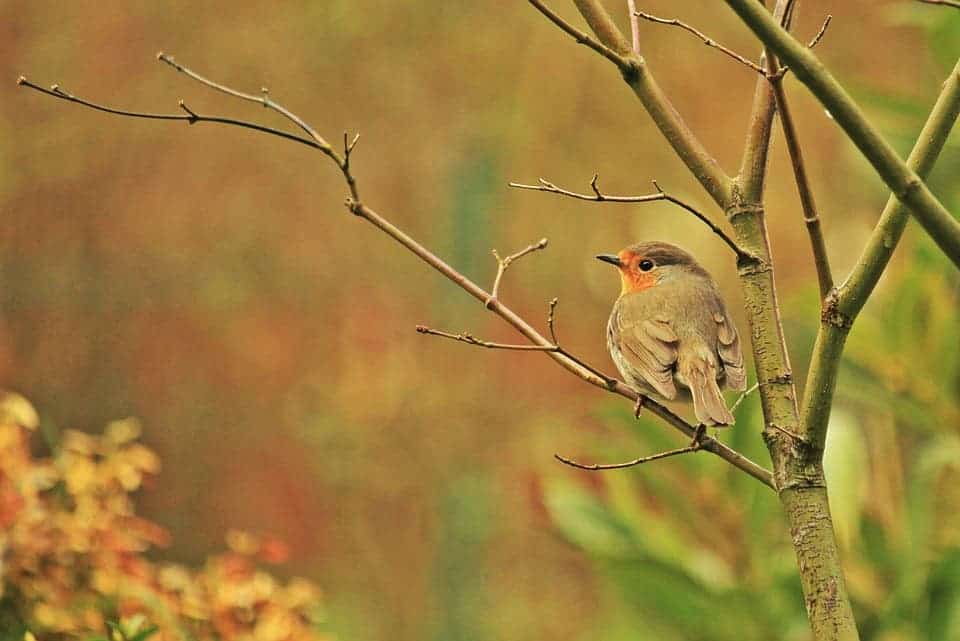Over the next few decades, climate change will overtake habitat destruction as the main threat against biodiversity, a new study warns.

Long-time readers know that we at ZME Science think climate change is a huge threat to the planet and our place in it. It’s a position that draws a fair share of heckles in the comments and emails, accusing us of fearmongering and of being ‘leftists’ — quite confusingly so, since (almost) the whole team is right-handed. Regardless, ‘it’s not true’, they say. ‘It’s all a Chinese hoax’, presidents bellow. Presumably, one designed to steal ‘ar jawbs, somehow.
I’m quite sad to say that these hecklers may have, partially, been right. New research shows that climate change isn’t a huge threat — it is, in fact, quickly becoming the threat against ecological systems.
Climate change, ecological change
The effects of climate change on the structure of ecosystems across the globe will rapidly increase over the next few decades, says Dr. Tim Newbold from the University College London. This will eventually see climate change become the leading cause of biodiversity loss, outstripping vertebrate loss rates caused by land use and habitat destruction. Amphibians and reptiles will be more significantly affected than birds and mammals, he adds.
Today, human land use is responsible for an estimated 10% of the losses in overall biodiversity.
It’s quite a worrying figure. Research has previously found that an ecosystem will start to break down when around 20% of its member species are lost. That threshold has already been passed on more than 25% of the world’s surface, or around 60% when roads are also taken into account.
Newbold’s study shows that climate change will exceed the effects habitat destruction has on vertebrate biodiversity by 2070. These results suggest that our best bet to maintain ecological integrity is taking both anthropic land use and climate change into account, instead of just focusing on one of the two. It’s the combined effects that pose the greatest threat, the paper notes.
“This is the first piece of research looking at the combined effects of future climate and land use change on local vertebrate biodiversity across the whole of the land surface, which is essential when considering how to minimise human impact on the local environment at a global scale,” says Dr. Newbold.
“The results show how big a role climate change is set to play in decreasing levels of biodiversity in the next few decades and how certain animal groups and regions will be most affected.”
The paper also estimated that vertebrate communities will lose between 10% to over 25% of species on a local level as a result of climate change. When combined with the effects of land use, such communities could lose between 20% to 40% of their members by 2070.
As different areas and ecosystems respond in different ways to climate change, the latter’s effects won’t be evenly distributed — that’s why Newbold’s estimations vary in so large an interval. Tropical rainforests are likely to experience major losses, while temperate regions (the most affected by land use) will likely see relatively small biodiversity losses. Tropical grasslands and savannahs are also expected to see strong loses, Newbold adds, as result of both climate change and human activity.
The paper “Future effects of climate and land-use change on terrestrial vertebrate community diversity under different scenarios” has been published in the journal Proceedings of the Royal Society B.


